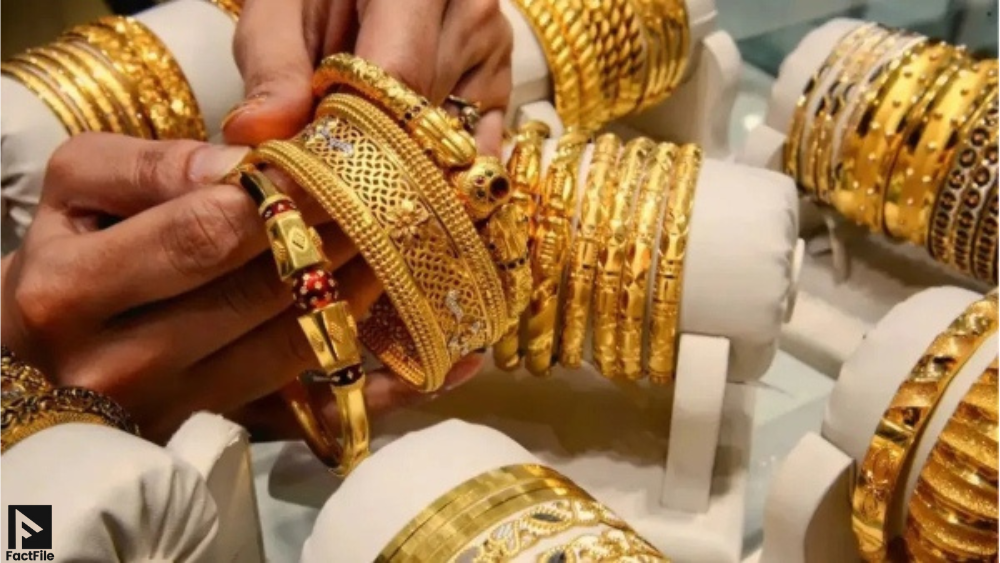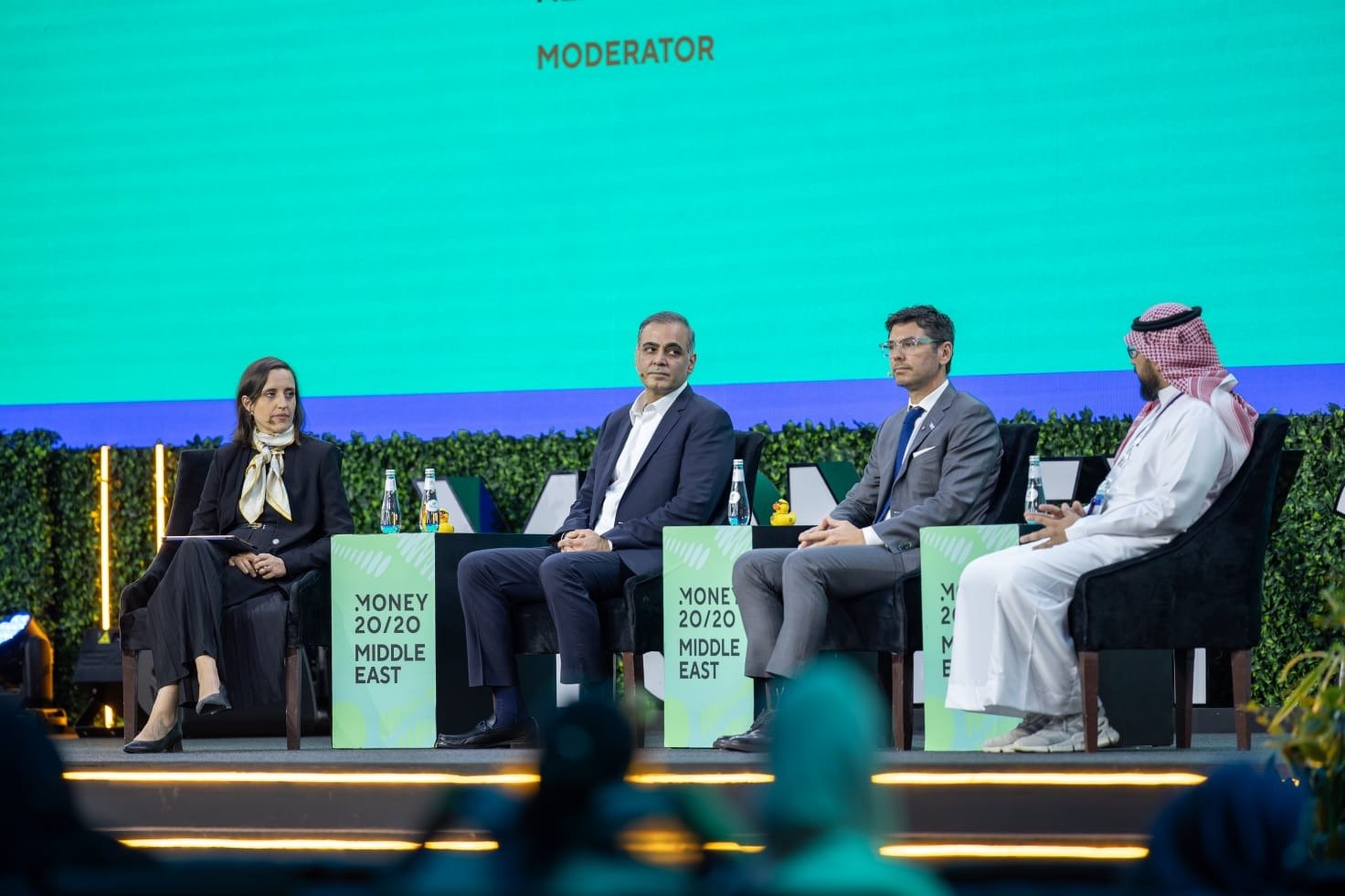The gold rate in Pakistan continued its downward trajectory on Monday, extending its four-day losing streak to a cumulative Rs. 8,600 per tola, according to data released by the All Pakistan Sarafa Gems and Jewellers Association (APSGJA).
As per the association’s report, the price of 24-karat gold dipped by Rs. 100 today and was traded at Rs. 356,300 per tola, compared to Rs. 356,400 on the previous trading day. This minor decrease adds to the sharp correction that began late last week and has now stretched over four consecutive sessions.
Similarly, the price of 10 grams of 24-karat gold declined by Rs. 85, settling at Rs. 305,470, down from Rs. 305,555 recorded on Sunday. For 22-karat gold, the 10-gram rate dropped to Rs. 280,014, reflecting continued weakness in domestic bullion prices.
Meanwhile, the prices of silver remained unchanged, with per tola silver holding steady at Rs. 3,963, and 10 grams of silver staying flat at Rs. 3,397.
Small Decline Caps Big Week of Losses
Although today’s fall in gold prices was relatively minor compared to previous sessions, it marks the fourth consecutive day of losses, bringing the total decline to Rs. 8,600 per tola over this period.
The sharpest plunge occurred during the last three sessions of the previous week, where gold tumbled by Rs. 8,500 per tola, shaking market sentiment.
The persistent drop in gold prices has caught the attention of both investors and jewellers, many of whom are now adjusting their pricing models and hedging strategies.
“The downward correction was expected due to global pressures and the lack of demand in the local market. Even a minor daily dip like today adds to investor caution,” said a bullion trader in Karachi.
International Market Trends Contribute to Slide
The local decline mirrors trends seen in the global precious metals market, where spot gold prices also retreated. According to the APSGJA, the international price of gold fell by $1, closing at $3,336 per ounce, compared to $3,337 a day earlier.
Silver prices in the international market, however, remained unchanged, settling at $38.14 per ounce.
Analysts attribute the current softness in global gold prices to a stronger US dollar, rising bond yields, and expectations that the US Federal Reserve may delay interest rate cuts due to sticky inflation. These developments have prompted investors to shift away from non-yielding assets like gold.
“Global gold prices are facing downward pressure due to macroeconomic data out of the US and Europe, which hint at prolonged tight monetary policies. That has had a knock-on effect on regional markets including Pakistan,” explained a financial analyst at a Lahore-based investment firm.
Currency Stability Eases Local Pressure
Another important factor contributing to the subdued gold rate in Pakistan is the relative stability of the Pakistani Rupee against the US Dollar in recent sessions. The rupee has traded in a narrow band, with minimal volatility, which has helped prevent additional upward pressure on gold prices through currency exchange effects.
In recent months, fluctuations in the rupee-dollar parity had caused domestic gold rates to rise sharply, often outpacing the changes in global gold markets. But with currency pressures now easing somewhat, gold prices are reflecting international trends more directly.
Retail Activity Slows as Buyers Wait
Despite the multi-day price drop, demand in the local gold market remains subdued. Jewellers in major cities including Karachi, Lahore, Rawalpindi, and Peshawar report lower footfall as buyers anticipate further price declines.
“Customers are on the sidelines. They think prices could fall more, so they are not making immediate purchases, especially for wedding jewelry,” noted a jeweller in Islamabad’s famous Sarafa Bazaar.
Industry experts suggest that unless there’s a sharp reversal in global prices or an economic trigger that increases safe-haven demand, the local market may remain under pressure.
READ MORE: Gold Loses Shine as Price Falls Over Rs. 8,000 Per Tola in Two Days
What to Expect This Week
Looking ahead, analysts suggest keeping an eye on key international economic data, including inflation readings and employment figures from the US, which could influence investor sentiment and shape the global gold trend. Any volatility in global prices will likely be mirrored in domestic markets.
In Pakistan, the gold market is also sensitive to domestic political developments, monetary policies, and import restrictions, all of which can influence demand-supply dynamics.
While the gold rate in Pakistan has eased slightly today, the overall trend remains bearish for the short term. Investors and consumers alike are now waiting to see if the current correction stabilizes or extends into a fifth consecutive day.





